
Posthoc analysis of the EMERALD trial reveal the combination regimen of D/C/F/TAF performs well in HIV-positive patients across different race, gender, and age subgroups, who may have failed previous antiviral regimens.

Posthoc analysis of the EMERALD trial reveal the combination regimen of D/C/F/TAF performs well in HIV-positive patients across different race, gender, and age subgroups, who may have failed previous antiviral regimens.

In case you missed them, we've compiled the top five infectious disease articles from this past week.

All doses of MK-8591 were generally well-tolerated with a limited number of reported mild/moderate adverse events.

Recent research presented at CROI 2018 finds that the risk of female HIV acquisition per sex act steadily increased through pregnancy and was highest during postpartum.

Recent research presented at CROI reveals that doxycycline is an acceptable treatment alternative for HIV-positive patients who are infected with syphilis.

Researchers discuss a new method to rapidly detect HIV time-space clusters for public health intervention at CROI 2018.

At present, multiple vaccine candidates are in various stages of research and development, including cabotegravir, which is currently in phase 3 trials, and vaccines based on broadly-neutralizing antibodies.

A recent study has found that patients with HIV are six times more likely to have schizophrenia compared with those who do not have the virus.

Hair levels are found to be the strongest independent predictor of virologic success in a recent treatment trial.

At CROI 2018, Dr. Patricia Flynn discussed the impact of ART on individuals with perinatal HIV infections, and how far the infectious disease community has come since its initial use.
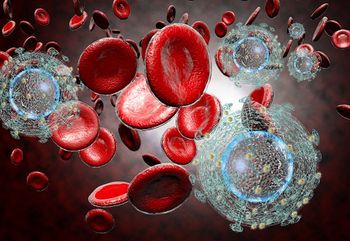
Raltegravir-intensified therapy resulted in significantly faster viral load declines in HIV-infected adults and older children but did not reduce overall mortality or WHO 3/4 events compared with standard triple-drug ART.

Mental health is a critical component of ending the HIV epidemic.

Stay up-to-date on the latest infectious disease news by checking out our top 5 articles of the week.
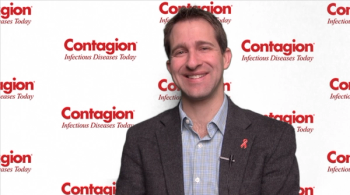
Jonathan Colasanti, MD, MSPH, shares how the introduction of a Rapid Entry Program in Atlanta proved successful at improving access to HIV care and viral suppression rates.

At CROI 2018, Dr. Linda-Gail Bekker highlighted 7 controversies surrounding PrEP and provided conference attendees with enough evidence to separate fact from fiction.
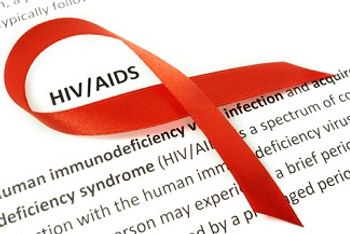
The medical community has learned many lessons by looking back on the early days of the HIV/AIDS epidemic, including the value of multidisciplinary teams, the vital role of acute care clinicians, and more.
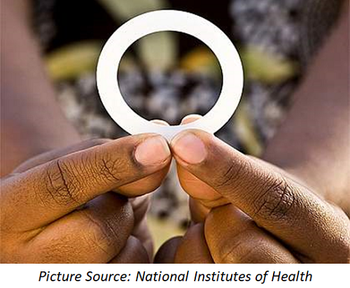
Interim results of the HOPE study reveal that the vaginal ring reduced women’s risk of acquiring HIV by more than 50%. Women in this study are also using the ring more than in previous studies.

One study takes a look at how out-of-pocket costs impede the use of pre-exposure prophylaxis in young men who have sex with men.

Dr. Meg Watson from the CDC reports updated information regarding the current rates and trends of HIV diagnoses in the South at 2018 CROI.
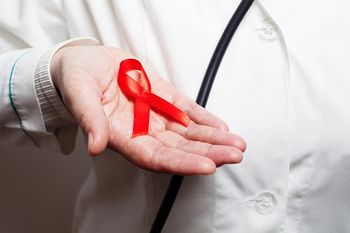
At CROI 2018, Dr. Helen Weiss highlighted where we are in terms of meeting these goals, where the challenges are, and strategies to help prevent new infections.

In an oral abstract session at CROI 2018, Dr. Nathan Thielman stresses that understanding the interest of HIV-positive treatment-experienced individuals in new antiretroviral therapies may help inform their development and uptake.

Better understanding of the vaginal microbiome may provide new insights into HIV acquisition.

At CROI 2018, the World Health Organization released updated guidelines for cryptococcal disease in HIV-infected adults.

Study results revealed that dolutegravir appears to be effective and well-tolerated in HIV/tuberculosis (TB) co-infected adults also receiving rifampin-based TB therapy.

First detailed analysis by race and risk group finds that two-thirds of those who could benefit from PrEP are African American or Latino, but they account for the smallest percentage of prescriptions to date.